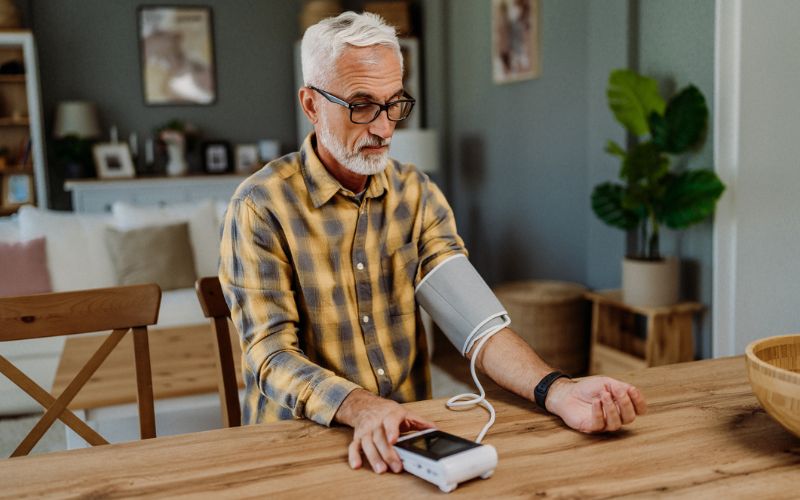Itching, burning, scratching — irritated eyes can be uncomfortable and distracting. However, nearly 5 million Americans age 50 and older have reported similar symptoms caused by dry eye, according to the National Eye Institute.
We’ll explain what dry eye is, what causes the disorder, and treatments to alleviate patient’s discomfort, highlighting one of our newest procedures, LipiFlow.
What Is Dry Eye?
Tears play a key role in whether or not dry eye appears, as they not only keep the eye moist they act as a protective barrier against infections, bacteria, and debris.
Dry eye is an eye condition caused when eyes don’t produce enough tears or the correct quality of tears and the eyes become irritated.
Some symptoms of dry eye include the following:
- Stinging or burning
- Scratchiness
- Excess tears
- Stringy discharge
- Eye irritation
- Discomfort from contact lenses
What Causes Dry Eye?
Meibomian gland dysfunction, commonly known as MGD, is thought to be the leading cause of dry eye. This occurs when the meibomian gland, which is in the eyelid and produces the oily layer in the tear film, is compromised.
While MGD is a common cause of dry eye, there are other causes:
- Hormonal changes
- Autoimmune diseases, such as lupus or rheumatoid arthritis
- Diabetes
- Herpes zoster
- Long-term contact lens wear
- Over-the-counter medications
- Dry or windy climates
- Smoke
- Air conditioning
- Prolonged work at computers
- Lasik or other refractive surgery
How Can Dry Eye Be Treated?
Dry eye can be treated numerous ways:
- Use of artificial tears or conserving tears
- Eyelid massages
- Compresses
- Having an ophthalmologist close a patient’s tear channels either permanently or temporarily
- Using a humidifier in winter months
- Avoiding smoke
- Adding vitamin A or omega-3 oils to the diet
LipiFlow
Another way of treating dry eye is with a new and innovative procedure called LipiFlow. Our team offers this thermal pulsation system as a dry eye treatment that offers long-lasting results compared to other procedures.
Because dry eye is most commonly caused by MGD, LipiFlow from TearScience addresses this issue of inactive or non-normal functioning gland oil blockage. A doctor examines the system images of the eye that highlights the number of oil glands blocked. Activators, which are heat-targeted pulsating eyepieces, are placed over the eyes and through a combination of heat and massage allow the glands to resume proper oil production.
LipiFlow has been known to last for up to 12 months, or even longer in some patients, and takes about 15 minutes or less to administer.
At-Home Eyelid Care
Keeping our eyelids clean is as important as washing our hands or brushing our teeth. By practicing the following at-home eyelid care regimens before or after having the LipiFlow treatment, patients will be able to practice better eyelid hygiene and ward off future instances of MGD.
Blink Training
Blink training is something patients can perform daily by following these steps three to four times a day:
- Close the eyes.
- While the eyes are closed, squeeze them.
- While the eyes are still closed, relax the eyes.
- Open the eyes.
- Repeat five times.
Lid Cleaning
Lid cleaning should be done daily and can prevent debris buildup on the eyelids, which ultimately leads to gland obstruction and MGD. It’s recommended to moisten the end of a cotton swab with mineral oil or petroleum jelly and to rub the lower and upper lid sections five times.
You don’t have to suffer from scratchy, red, burning eyes. By knowing what dry eye is, what causes it, and how to treat it, you’ll be better equipped to combat this common eye disorder.



